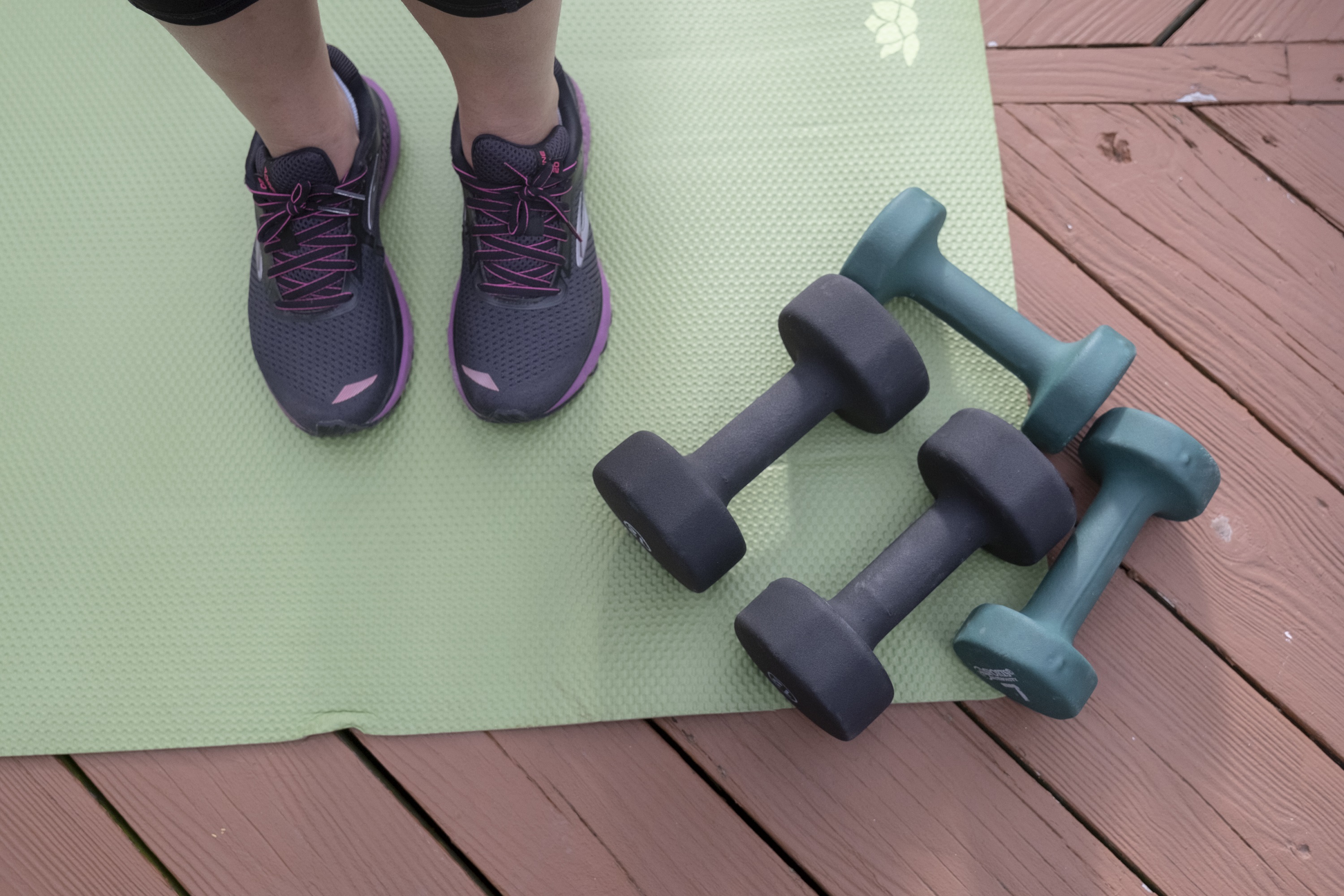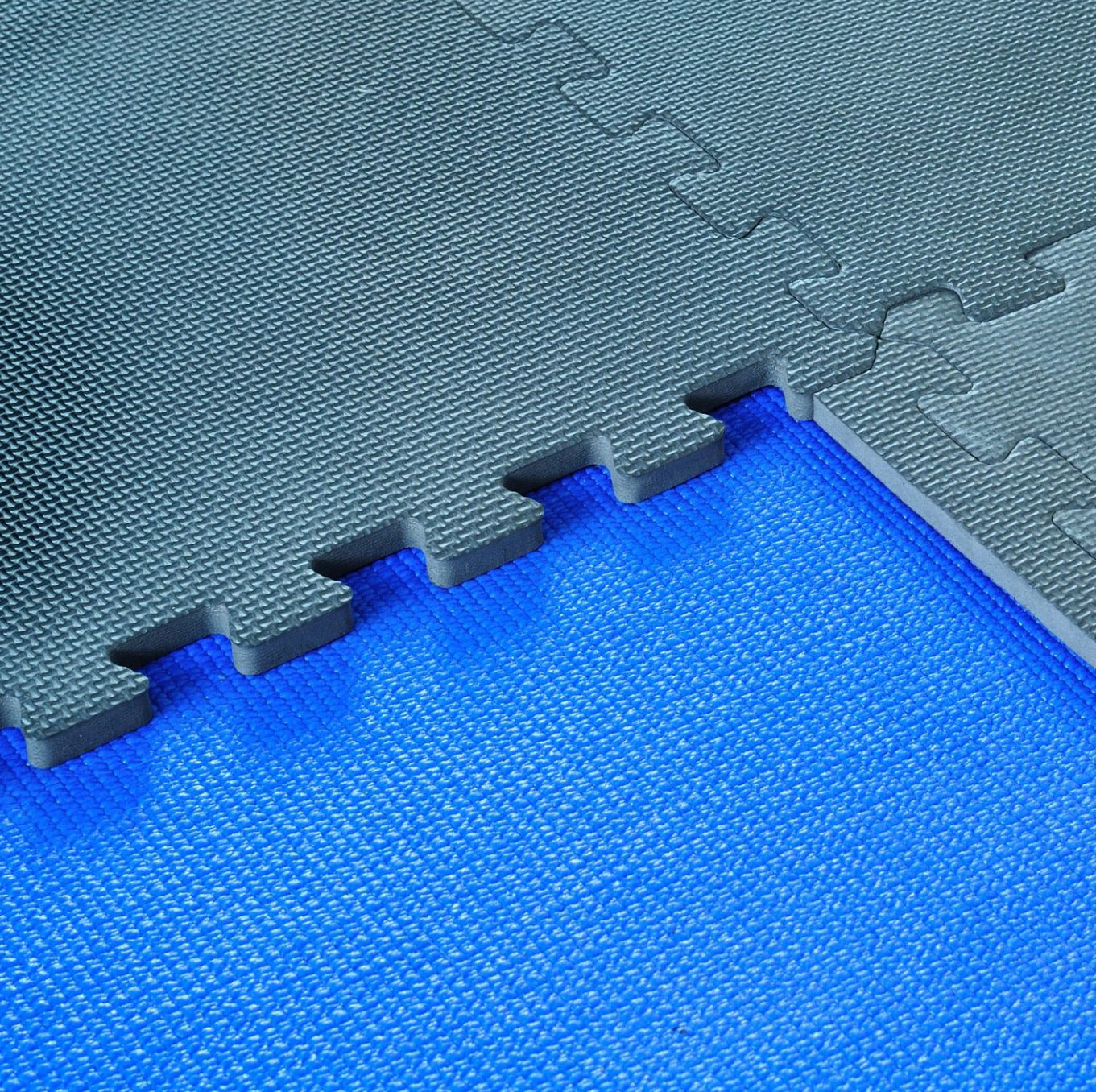How to Avoid Injury After A Long Workout Break

May 18, 2022
Doing physical activity on a consistent basis is good for your health, your mood, your sleep habits and weight control, but resuming workouts too intensely after a break may lead to injury, if you aren’t careful.
Many people who have exercised faithfully in the past, then stopped – whether due to injury, time constraints or pandemic-related limitations – may decide that they should resume their exercise regimen at the same speed or intensity that they followed in the past. But people lose muscle strength when they aren’t exercising regularly, and they’re no longer conditioned to walk or run as far or fast as they have in the past. Ramping up too quickly may sideline you.
“You’re more likely to hurt yourself if you push yourself to achieve the same level of exercise that you used to do before your hiatus, because your body won’t be accustomed to that much intensity,” says Laurent Delavaux, M.D., a board certified physiatrist and pain management specialist at JFK Johnson Rehabilitation Institute. “It may feel like you’re taking it too easy on yourself, but it’s smarter to ease into activity until your body grows accustomed to working out again.”
Common injuries that may occur when you push yourself too far
If you haven’t exercised in a while, you may be at greater risk of injuries such as:
- Knee sprains or strains
- Shoulder sprains or strains
- Shin splints
- Ankle sprains or strains
- Back pain
Ways to minimize your risk of injury while resuming regular workouts
To decrease your chances of getting hurt while you reacclimate to a more active lifestyle:
- Dress appropriately. Wear supportive walking or running shoes when you’re hitting the pavement. For bike rides, wear a helmet for safety. If you’ve worn weightlifting gloves or back supports while weight training, bring your equipment along when you resume workouts.
- Start slowly. Walk, run, bike or swim for shorter distances at a slower speed than you did in the past, and gradually build to your old abilities. Increase your distance and/or speed by 10 percent every week.
- Go light. Forget about lifting the same amount of weight that you lifted in the past. Do more reps with lighter weights, then gradually build to lifting heavier weights as you get stronger.
- Rotate your workouts. Running every day may cause an overuse injury. Alternating the type of exercise that you do should help you vary the muscles that you use, reducing your risk of injury.
- Take days off. Give your body time to rest between workouts. Don’t do strength training more than 2 or 3 days a week, so that your muscles have time to recover.
- Follow healthy lifestyle habits. Stay well-hydrated before, during and after workouts. Eat nutritious foods and get enough sleep, so that your muscles can heal while you’re resting.
- Stretch before and after your workouts. Doing a short warmup and cool-down with gentle stretches may help you become more limber, which may minimize your risk of injury.
- Consider hiring a personal trainer. They can design a fitness plan that’s tailored to meet your needs as you re-enter the workout realm. Share details about your past workouts and what you hope to accomplish again, so they can help you do it safely and gradually.
- Stop if you feel pain. If you’re exercising for the first time in a while, it’s normal to feel some overall soreness or soreness that targets the muscle groups that you’re using. But soreness is different than sharp twinges of pain or limitations to your range of motion. If you feel pain, don’t work through it. Stop, rest and seek medical advice as needed, so that you don’t make it worse.
Next Steps & Resources:
- Meet our source: Laurent Delavaux, M.D.
- To make an appointment with Dr. Delavaux or a doctor near you, call 800-822-8905 or visit our website.
- Learn more about sports injuries or interventional pain management rehabilitation with Hackensack Meridian Health
The material provided through HealthU is intended to be used as general information only and should not replace the advice of your physician. Always consult your physician for individual care.
Find a doctor near me
Got 10 Minutes? Try a Mini Workout

Try a 10-Minute Mini Workout! Find simple exercises to fit your day. Learn from JFK Johnson Rehabilitation Institute experts. Schedule an appointment: 800-822-8905
Why Do Your Knees Hurt When You Squat?

Knee pain when squatting? Learn why from Dr. Russoniello and find relief. JFK University Medical Center offers expert care. Call 800-822-8905.
Find a doctor near me

Easy Morning Exercises for Busy Parents
Easy Morning Exercises for Busy Parents. Dr. Patel offers simple, time-saving workouts. Improve your health and well-being. Call 800-822-8905.

How to Protect Yourself From Common Sports Injuries
Sports and physical activities bring plenty of benefits, from improving physical and mental health to relieving stress to helping with weight management. But they could also put you at risk of injury if you’re not careful.

What Floors Are Best to Work Out On?
Best workout flooring for home gyms? Dr. Parikh recommends softer surfaces like rubber, foam, or low-pile carpet to protect your joints. Learn more.

Getting Back on Track After a Sports Injury
Recover from sports injuries. Dr. Mehta offers expert advice and a recovery plan for athletes. Regain strength and mobility. Learn more.
